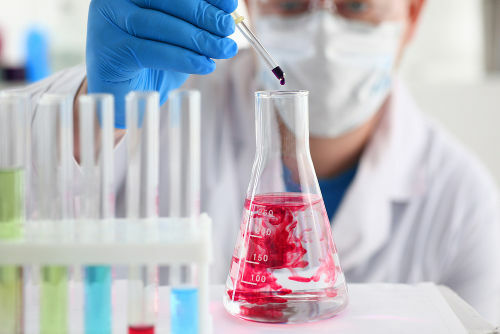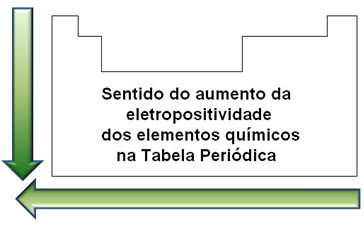O Bisphenol A or BPA (2,2-bis(4-hydroxyphenyl)propane, also called p-isopropylenediphenol) is an organic compound formed by the union of two phenol groups with an acetone (hence the use of the letter “A” at the end of the name). It has a molecular formula equal to C15H16O2 and melting point between 152 and 158°C.

Bisphenol A or BPA structural formula
This substance is generally used in condensation polymerization reactions with phosgene (COCl2) in order to form the polymer polycarbonate (PC), a transparent material similar to glass, but highly resistant to impact.

Reaction to obtain polycarbonate
This plastic is used in the manufacture of motorcycle helmet visors, in transparent covers, in aircraft windows, in lenses from sunglasses, to bulletproof glass, to CD cradles, to X-ray equipment, to centrifuge tubes, to security windows etc.
It also started to be used in many everyday utensils that come into contact with our foods, such as baby bottles, baby cups (chuquinhas), in returnable bottles (20 liters) of mineral water, in food containers (plates, glasses, bowls), in addition to other packaging and utensils.
In addition, Bisphenol A (BPA) can also react with epichlorohydrin to form a epoxy resin, which is a thermoset plastic that hardens when mixed with a catalyst. This plastic is present in varnishes used for coating metal food packaging.

Bisphenol A applications in baby bottles, water bottles and food cans
The applications of this compound became the target of controversy, as studies showed that it is an endocrine disruptor, which has a female hormone activity, and high doses of it in the body could be associated with cases of cancer, abortions, obesity, infertility, in addition to changes in the reproductive system and hormonal. Sex-specific neurological development, anxiety, pre-neoplastic changes in the mammary glands and prostate of rats and visual parameters of sperm were also discovered. Thus, several countries promoted more research on the subject.
Do not stop now... There's more after the advertising ;)
In March 2010, Denmark temporarily banned the use of Bisphenol A in products that come into contact with food intended for children aged 0 to 3 years. In July of that same year, France did the same, including imports and exports of baby bottles with this compound in their composition.
That same year, the World Health Organization (WHO) held a meeting with several experts and concluded that, in the products mentioned, the levels of Bisphenol A they do not cause concern for the health of consumers, and problems with toxicity, development and reproduction are only associated with high doses. The studies were still inconclusive and there was nothing to justify changing the tolerable daily intake of this substance for humans.
Before these questions, the Anvisa (National Health Surveillance Agency) established in the RDC resolution nº.17/2008 that the maximum limit of Bisphenol A in these products was 0.6 mg/kg. However, after thoroughly analyzing the surveys and reports, Anvisa understood that, as a precaution, in order to protect children from 0 to 12 months old who do not have the Bisphenol A elimination system by the human body. developed as in adults, the best thing was to prohibit the use of Bisphenol A in baby bottles and other products for infants, whether manufactured in Brazil or imported. This prohibition is found in the Resolution RDC 56/2012.
Manufacturers had until December 2011 to adapt to this new law. The same was done by countries such as Canada and States of the European Union.
However, as mentioned, as health authorities around the world have concluded that materials containing BPA are safe for their intended uses, both in applications for consumption as for industrial use in the case of adults, Bisphenol A is not prohibited to be used as a coating for food cans and in bottles of Water.
But the risks of Bisphenol A increase as the dose of this substance in our body grows. That is why, It is recommended to avoid using too many plastic containers made of polycarbonate, not to use plastics that store food and are taken to the microwave or frozen, as they release a lot of Bisphenol A and contaminate the food, in addition to avoiding the consumption of food and beverages. canned.
By Jennifer Fogaça
Graduated in Chemistry


